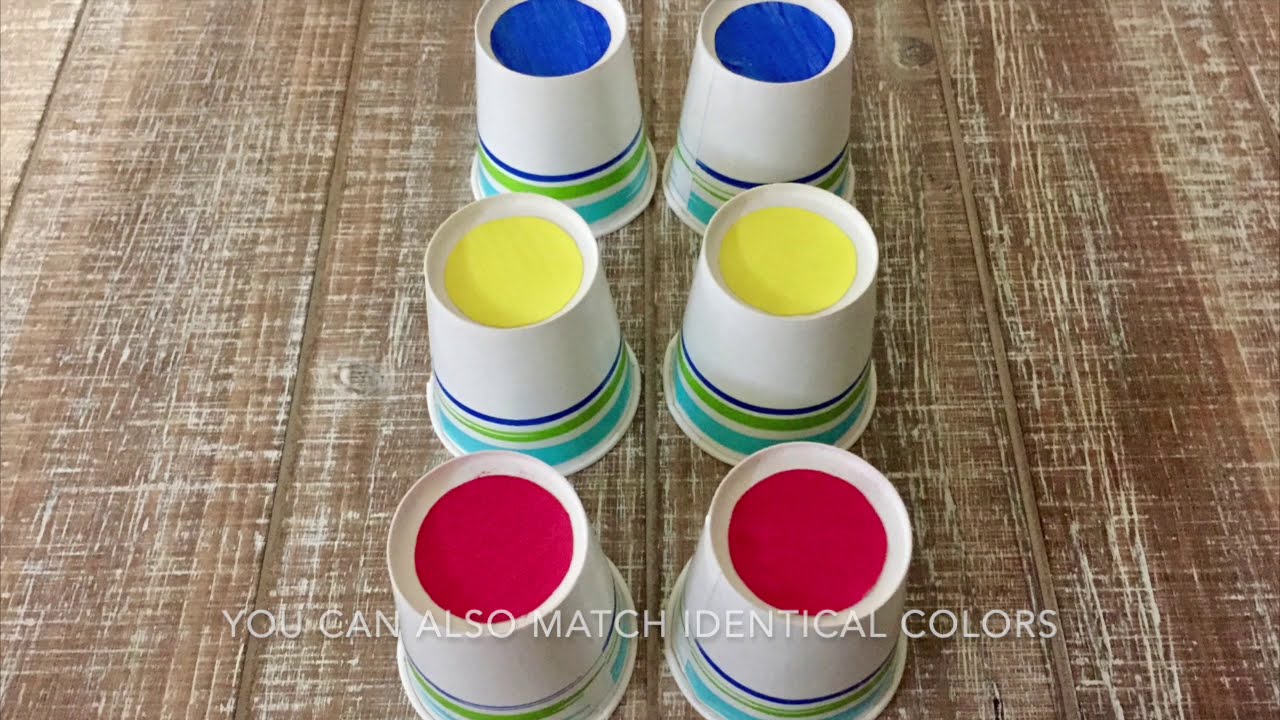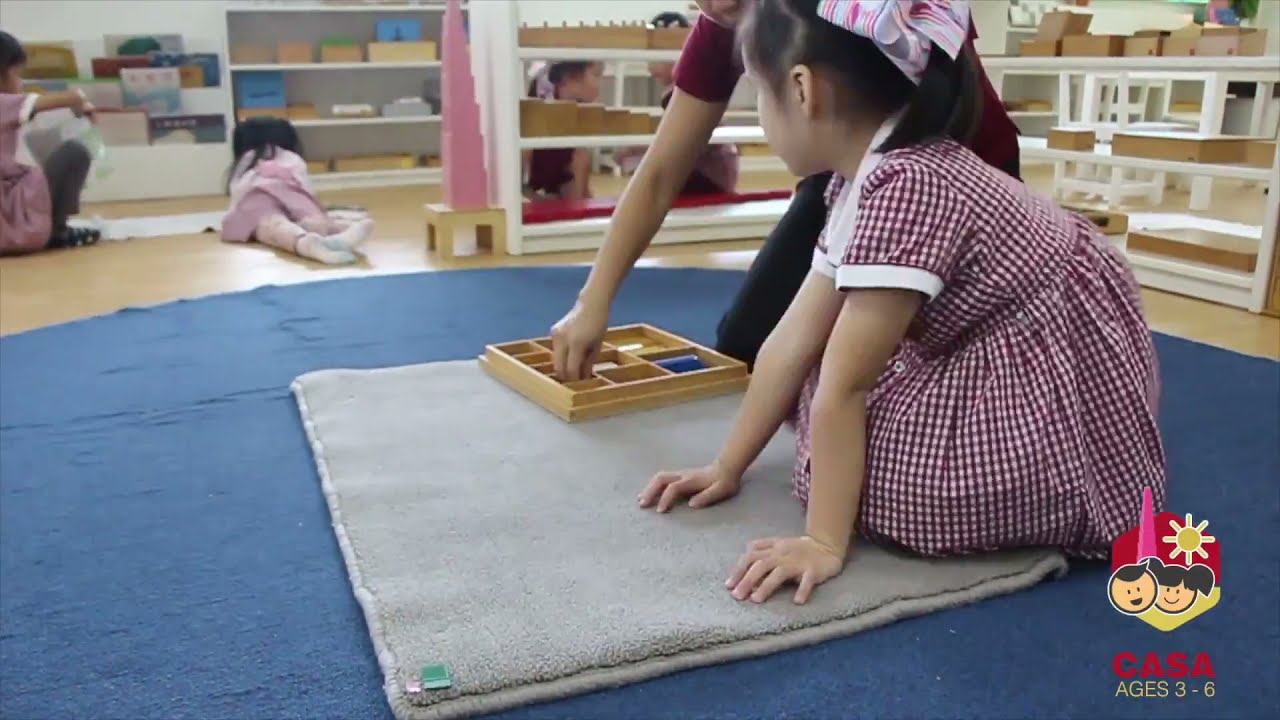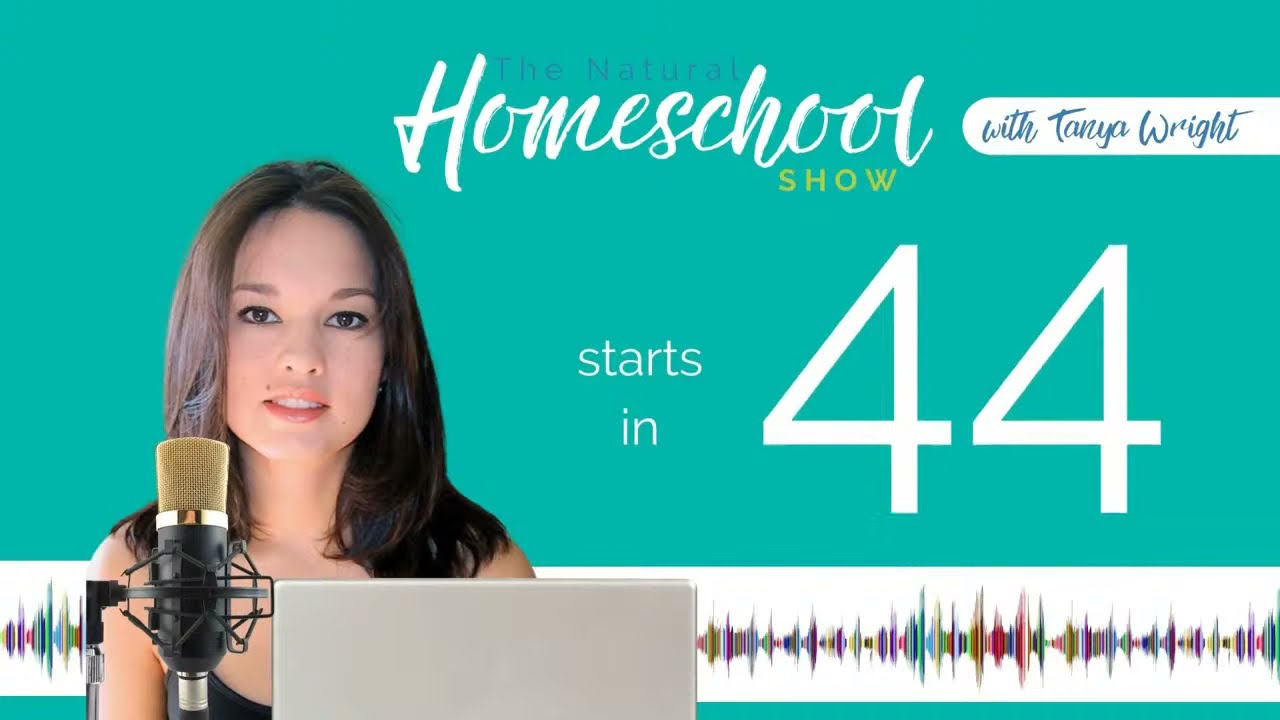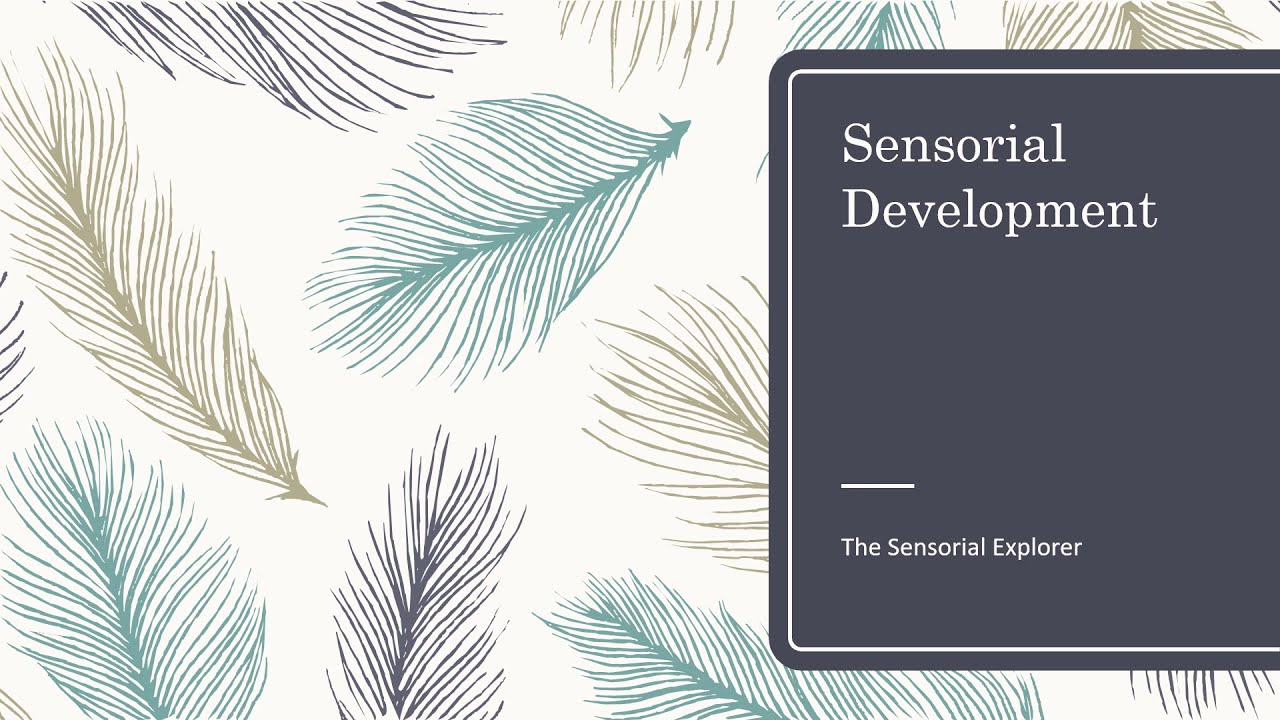
Sensorial education is a vital aspect of early childhood development that focuses on stimulating the senses through various activities and exercises. It encourages children to explore their surroundings, identify different stimuli, and develop cognitive abilities through sensory experiences. In this article, we’ll delve into the world of sensorial education, exploring its benefits, case studies, comparisons, and advice.
Benefits of Sensorial Education

- Enhances cognitive development: Sensorial education helps children develop critical thinking skills, problem-solving abilities, and concentration. Sensory activities stimulate brain cells, enhancing cognition and memory.
- Promotes creativity: By engaging with various textures, colors, sounds, and smells, children can unleash their creativity and imagination. Sensorial exploration allows them to express their thoughts and feelings in unique ways.
- Improves socialization: Sensorial activities can be done in groups, promoting cooperation, communication, and teamwork. Children learn to share, take turns, and appreciate each other’s perspectives.
- Develops motor skills: Through sensorial exploration, children enhance their fine motor skills, such as hand-eye coordination, finger control, and dexterity. They also improve gross motor skills, such as balance, posture, and movement.
Case Studies for Sensorial Education

- Montessori Approach: The Montessori method is a popular approach to sensorial education. It involves using didactic materials that allow children to explore and manipulate objects in a structured environment. Case studies have shown that the Montessori method enhances cognitive and social development, leading to better academic performance.
- Waldorf Education: Waldorf education focuses on holistic learning, including sensorial activities that promote creativity, imagination, and self-expression. Case studies have shown that Waldorf education improves emotional intelligence, socialization, and overall well-being.
- Reggio Emilia Approach: The Reggio Emilia approach emphasizes child-led learning, where children are encouraged to explore their interests and curiosities through sensory experiences. Case studies have shown that the Reggio Emilia approach enhances cognitive development, creativity, and critical thinking skills.
Comparisons for Sensorial Education

- Traditional vs. Sensorial Education: Traditional education focuses on rote learning, memorization, and standardized testing, while sensorial education emphasizes hands-on learning, exploration, and creativity. Comparisons have shown that sensorial education leads to better academic performance, cognitive development, and socialization.
- Play-Based vs. Sensorial Education: Play-based learning involves unstructured playtime, while sensorial education involves structured activities that stimulate the senses. Comparisons have shown that sensorial education leads to more focused and productive playtime, enhancing cognitive and social development.
- Visual vs. Sensorial Learning: Visual learning involves images, graphs, and charts, while sensorial learning involves engaging with different stimuli through touch, smell, taste, sound, and sight. Comparisons have shown that sensorial learning enhances cognitive development, memory retention, and critical thinking skills.
Sensorial education is a type of early childhood education that focuses on developing children’s senses. It is based on the idea that children learn best through hands-on experiences and by engaging all of their senses.
There are a number of different approaches to sensorial education, but they all share the goal of helping children to develop their sensory awareness, discrimination, and processing skills. This can be done through a variety of activities, such as:
- Matching and sorting objects by their different sensory qualities, such as color, size, shape, texture, and sound.
- Exploring different sensory environments, such as a sensory bin with different materials to touch, a water table, or a light table.
- Participating in activities that involve movement and coordination, such as dancing, playing with balls, or climbing on playground equipment.
Sensorial education is important for all children, but it can be especially beneficial for children with sensory processing disorders. These disorders can make it difficult for children to process and organize sensory information. Sensorial education can help these children to learn how to manage their sensory input and to develop the skills they need to succeed in school and in everyday life.
Comparisons for Sensorial Education
Sensorial education can be compared to other types of early childhood education in a number of ways. For example, sensorial education is often compared to traditional early childhood education programs, such as Montessori and Reggio Emilia. These programs also focus on hands-on learning and on developing children’s senses.
However, there are also some key differences between sensorial education and other types of early childhood education. For example, sensorial education is more focused on developing children’s sensory skills specifically. It is also more likely to use specialized materials and activities to help children learn about different sensory qualities.
Additionally, sensorial education can be compared to other types of therapies, such as occupational therapy and speech therapy. These therapies also focus on developing children’s sensory skills and motor skills. However, sensorial education is typically not used as a form of therapy. Instead, it is used as a way to promote overall child development.
Benefits of Sensorial Education
There are a number of benefits to sensorial education. These benefits include:
- Improved sensory awareness and discrimination skills. Sensorial education can help children to develop a stronger awareness of their senses and to be better able to discriminate between different sensory stimuli.
- Improved cognitive skills. Sensorial education can also help to improve children’s cognitive skills, such as attention, memory, and problem-solving.
- Improved language skills. Sensorial education can also help to improve children’s language skills. This is because children often use language to describe their sensory experiences.
- Improved social-emotional skills. Sensorial education can also help to improve children’s social-emotional skills. This is because it can help them to better understand and manage their own emotions, as well as the emotions of others.
Overall, sensorial education is an important part of early childhood education. It can help children to develop the skills they need to succeed in school and in everyday life.
Advice for Sensorial Education

- Start early: Sensorial education is most effective during early childhood when the brain is most receptive to new stimuli. Introduce your child to sensory experiences as early as possible.
- Use didactic materials: Didactic materials provide a structured environment for sensory exploration. Use materials such as puzzles, blocks, and sensory bins to enhance your child’s learning experience.
- Encourage creativity: Allow your child to explore and express themselves creatively through sensory experiences. Provide them with various materials and encourage them to use their imagination.
- Incorporate socialization: Encourage your child to participate in sensory activities with other children to promote cooperation, communication, and teamwork.
- Make it fun: Sensorial education should be enjoyable for children. Incorporate games, songs, and other fun activities to keep your child engaged and interested.
FAQs for Sensorial Education
What age is best for sensorial education?
Sensorial education is most effective during early childhood when the brain is most receptive to new stimuli. Generally, children between the ages of 2-6 are most suited for sensorial education.
What are some examples of sensory activities?
Some examples of sensory activities include playing with sensory bins, creating sensory bottles, exploring different textures, colors, tastes, and smells, and engaging in tactile art activities.
How does sensorial education enhance cognitive development?
Sensorial education stimulates brain cells, enhancing cognition, memory, problem-solving abilities, and critical thinking skills. It also promotes creativity, imagination, and self-expression.
Can sensorial education be done at home?
Yes, sensorial education can easily be done at home using didactic materials such as puzzles, blocks, and sensory bins. There are also many online resources available for sensory activities and exercises.
How long should sensorial activities be done for?
Sensorial activities should be done for short periods initially, gradually increasing as the child becomes more comfortable with the activities. It’s best to start with around 10-15 minutes and gradually increase the time to 30-45 minutes.
Conclusion
Sensorial education is a crucial aspect of early childhood development that promotes cognitive, social, and emotional growth. By stimulating the senses through various activities and exercises, children can enhance critical thinking skills, problem-solving abilities, creativity, and imagination. With the right resources, guidance, and support, parents can incorporate sensorial education into their child’s learning journey from an early age.


